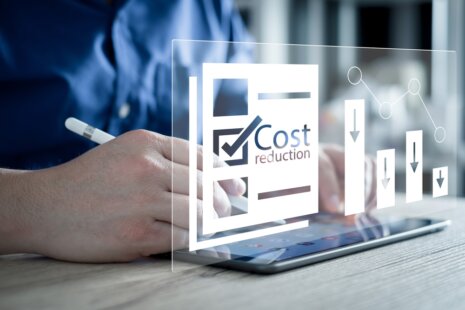Developing a strategy involves several key steps to ensure clarity, alignment, and effectiveness.
Here’s a general framework you can follow…
- Define Your Objective –
- Clearly articulate what you want to achieve. Your objective should be specific, measurable, achievable, relevant, and time-bound (SMART).
- Conduct a Situation Analysis –
- Understand the internal and external factors that may impact your ability to achieve your objective. This may involve a SWOT analysis (Strengths, Weaknesses, Opportunities, Threats) to assess internal capabilities and external market conditions.
- Set Goals and Key Performance Indicators (KPIs) –
- Break down your objective into smaller, manageable goals. These goals should be aligned with your objective and should have measurable KPIs to track progress.
- Identify Target Audience or Market Segments –
- Determine who your strategy is aimed at. Understand your target audience’s needs, preferences, behaviors, and pain points.
- Develop a Value Proposition –
- Clearly articulate what sets your offering apart from competitors and why your target audience should choose you. Your value proposition should address the needs and desires of your target audience.
- Choose Strategic Initiatives –
- Based on your analysis and understanding, identify the key initiatives or actions you will take to achieve your goals. These could include marketing campaigns, product/service enhancements, entering new markets, etc.
- Allocate Resources –
- Determine what resources (financial, human, technological, etc.) are required to execute your strategy effectively. Allocate resources based on priority and expected impact.
- Create an Action Plan –
- Outline the specific steps, timelines, responsibilities, and milestones for each initiative. This helps ensure accountability and keeps everyone aligned.
- Monitor and Evaluate Progress –
- Regularly track and measure your KPIs to gauge progress toward your goals. Evaluate the effectiveness of your strategy and be prepared to adjust course if needed based on new information or changing circumstances.
- Iterate and Improve –
- Strategy development is an iterative process. Learn from successes and failures, gather feedback, and continuously refine your strategy to stay competitive and adapt to evolving market conditions.
A good strategy is not static but dynamic, evolving in response to changes in the internal and external environment. Flexibility and adaptability are key attributes of successful strategies.
2 / 2




